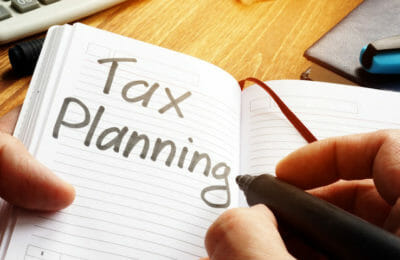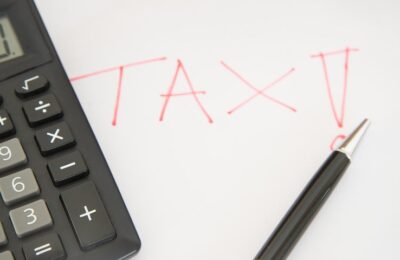In the past we’ve used this blog to explain various Capital Gains Tax (CGT) reliefs and how you might qualify for them. In this post we’re going to return to the topic of Private Residence Relief (PRR) in more detail. It’s important to be aware of the rules because it’s easy to fall foul of them and land up with an unexpected CGT bill.
What is Private Residence Relief?
At the simplest level, Private Residence Relief means that you don’t pay Capital Gains Tax when you sell your only or main residence.
This is in contrast to selling other residential property you might own, such as a buy-to-let home. If you’re a higher or additional rate taxpayer you have to pay 24% on your gains from such a sale. If you’re a basic rate taxpayer you need to calculate your gains, deduct your tax free allowance and add the figure to your taxable income. Anything under the basic Income Tax band is charged at 18%, while anything over it is charged at 24%.
What conditions are attached to Private Residence Relief?
Unfortunately, while Private Residence Relief makes it simpler to sell your main home and buy another, there are conditions attached to it.
You can get full Private Residence Relief if you meet all of the following conditions:
- You’ve lived in the main home for all of the time you’ve owned it
- You haven’t let out all or part of it during this time
- You’ve not used part of the property exclusively for business purposes
- The grounds (including buildings) are less than 5,000 square metres
- You didn’t buy the property simply to make a gain.
If only some of these criteria apply, you may have to pay a certain amount of CGT. Let’s look at this more closely.
Letting out your home
If you let our all or part of your home, you will have to pay a proportion of CGT. The exceptions are if you have had a lodger who shared your living space, or you have children or parents living with you who pay rent or housekeeping.
If you let out the entire property, you get full Private Residence Relief for the years you lived in the home. You also get relief on the last 9 months you owned it, regardless of who was living there.
So, if you owned the property for 10 years and let it out for 5 of them, you’d get PRR on 5 years and 9 months. This is 57.5% of the time you owned the home. You would therefore be liable for CGT on 42.5% of your gain.
If you let out part of your property and lived in it at the same time as your tenants, you need to work out what proportion of the home you lived in. So, if you let out 10% of the property, you’d only get PRR on 90% of your total gain.
However, you may also qualify for something called Letting Relief, but only if you share occupancy of the home with the tenant. This is fairly complex, so it’s worth talking to a THP accountant for advice. But in a nutshell, the relief is the lowest of:
- The same amount you got in PRR
- £40,000
- The same amount as the chargeable gain made while letting out part of your home.
Using your home as business premises
If you use part of your home exclusively for business purposes, you lose Private Residence Relief for that proportion of the property.
For example, if you use a room exclusively to run a sales business, that part of the property would not qualify for PRR. However, if you also used the room for private purposes – such as a games room for your children in the evening – then it would still qualify for PRR.
The same rules apply if you are employed and work from home. So if you want to avoid paying CGT unnecessarily, make sure all rooms are also used for personal activities.
Your grounds are more than 5,000 square metres
If your property covers more than this area, the area under this amount still qualifies for PRR. The area over this does not. However, it can be tricky to accurately assess and declare this. You can learn more here, but we strongly recommend you talk to one of our expert accountants if you want to sell a larger property of this kind.
Selling a property you bought solely to make a gain
This is a rare occurrence. Most people buy main residences to live in them, not simply to make a gain. If you need advice on whether you’re likely to lose Private Residence Relief because you bought a property for gain, please get in touch.
Private Residence Relief – a summary
As you can see, PRR isn’t always straightforward. If you have a main residence, you’ll normally be able to sell it without paying CGT. However, if you let out part of the property or use it exclusively for work purposes, you have to be careful not to lose Private Residence Relief. If you’d like more help interpreting the rules, talk to one of THP’s CGT specialists today.
More on this topic: CGT liability on divorce / separation.
About Karen Jones
Having worked for one of the world’s largest accountancy firms, Karen Jones uses her tax knowledge and skills to help clients obtain substantial reductions to their tax liabilities.
With an expanding portfolio of tax clients, Karen enjoys the variety her work brings her and particularly likes working with new businesses and people. With a growing number of tax clients, she frequently faces a variety of challenges and relishes the experience she gains as she solves them.
Karen likes the THP ethos: “I like the way the team has a professional, but friendly and down-to-earth approach – it creates a productive atmosphere that benefits everyone.”
Karen’s specialist skills:
- Personal Taxation
- Tax Efficient Planning
- Trust Administration












